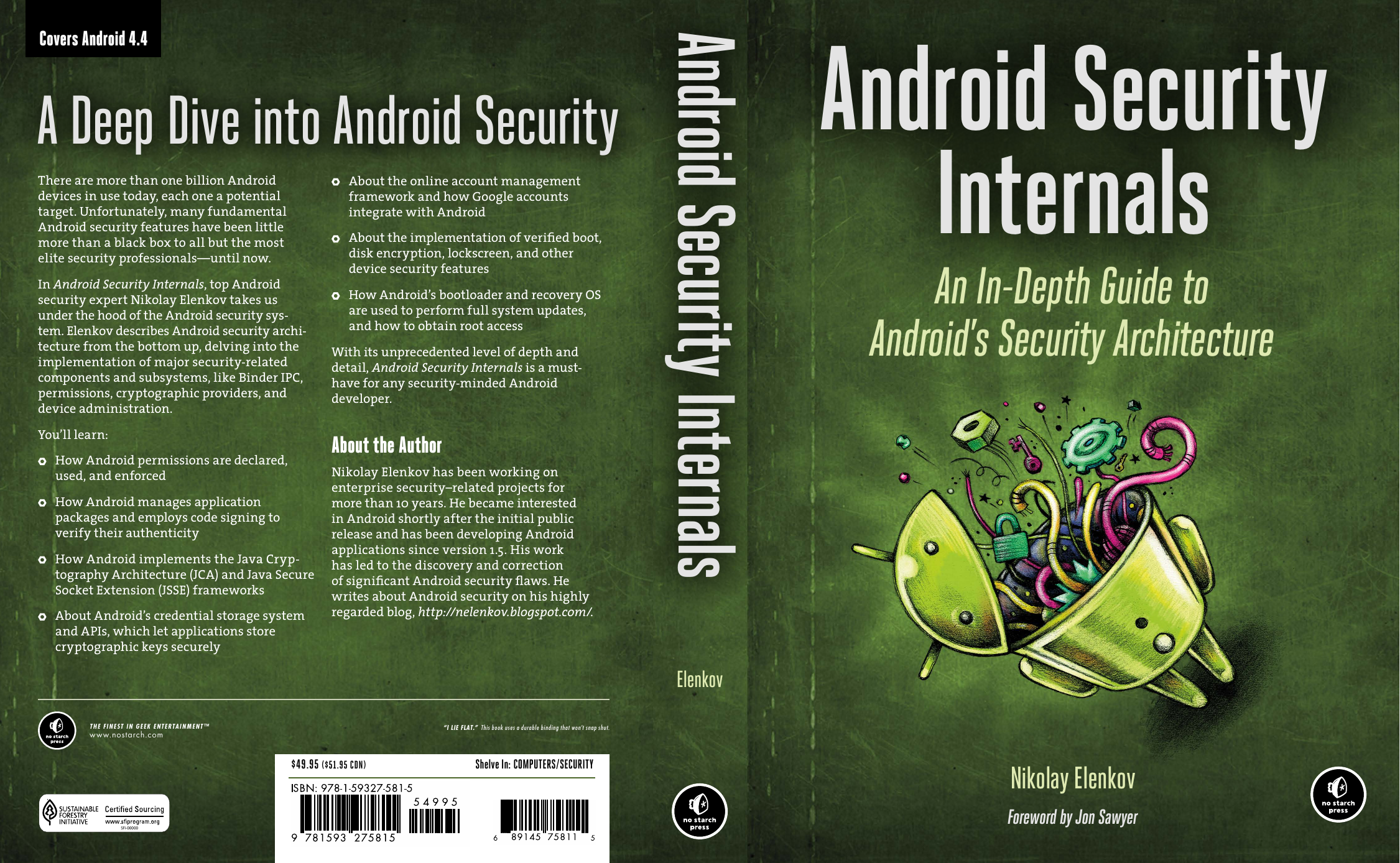Instructions

Just recently, a problem involving the iPhone/iPod's synchronisation process with Exchange 2007, made it necessary for Exchange Administrators to alert various mail users to upgrade to the latest version of Apple's iOS 4. Ben shows how easily he was able to do this for his organisation, using Exchange's Management Shell with PowerShell and some Exchange cmdlets. I removed their device association with their accounts and went to re-add by manually entering in the information (we are Exchange Online, so outlook.office365.com for Server and their Username/Email/Password info). It fails to verify, and this was tested on cellular and wifi, and this spans three states etc. Aug 17, 2015 Solution: This article titled 'Preventing New ActiveSync Device Types from Connecting to Exchange Server 2010'. It looks like what you're looking for. Hi guys, So I know that there's a way to limit the cellphones on active sync through a model and a manufacturer but I'm going to need a bit more than that.
Configuring Exchange ActiveSync in Android (Not recommended) What follows is a guide for how to set up an e-mail account with Exchange ActiveSync (EAS) in Android. EAS makes it possible for you to synchronize e-mail, contacts and calendars from the webmail to your Android device. Aug 29, 2020 Leveraging E-Mail, Contacts, Calendar, Tasks and Notes on your mobile devices through wireless networks enhances your user experience and dramatically reduces your time. Key features - Direct Push.
The procedure for collecting ActiveSync logs is as follows. Please send us the log collected after doing the followings.

For OWA(Outlook Web Access)
- OWA> Setting> General> Mobile Device> Start Logging
- Sign in to the OWA portal
- Click Mail to open Outlook on the web (formerly known as Outlook Web App).
- In the upper-right area of the page, click Settings ( ), and then click Options.
- In the navigation pane on the left, expand General, and then click Mobile Devices.
- In the list of devices, select the device that you want to track, and then click Start Logging().
- In the Information dialog box, click Yes.
- Reproduce the behavior that you want to capture in Nine, and then click Stop Logging () if you don't have additional behaviors to proceed for log collections.
If possible, please use Nine for a day at least after starting to capture with the Start Logging button. And then, please you have to send the log to us.
An email message that contains the log file (EASMailboxLog.txt) as an attachment is sent to your mailbox. Therefore, you just send this log file with .txt to us.

For On-Premise
- Connect to Exchange Onprem by using PowerShell or connect using Exchange Management Shell.
- Run the following command to enable ActiveSync logging for a specific user who has issues in synching the devices with exchange on premise.
- Reproduce the behavior that you want to capture.
- Run the following command to retrieve the log:
For Online(Office 365)
- Connect to Exchange online by using Remote PowerShell For more information, see Connect to Exchange Online PowerShell
- Run the following command to enable ActiveSync logging for a specific user who has issues in synching the devices with exchange online.
- Reproduce the behavior that you want to capture.
- Run the following command to retrieve the log:

Note This command retrieves the statistics for the mobile device that's set up to synchronize with the mailbox of the user who you specified. In this example, it also sends the log file to admin@yourexchangeadmin.com.
When Exchange Server 2013 shipped it was noted by some (such as MVP Dave Stork) that there were no apparent changes to Exchange ActiveSync when compared to Exchange Server 2010. In fact, some had speculated that ActiveSync would not be developed any further and may even be deprecated in favor of newer mobile device management features.
So it may come as a surprise to read the announcement by Microsoft of Exchange ActiveSync v16, currently planned for roll-out in Office 365 and inclusion in Exchange Server 2016. The updated protocol has three new capabilities included:
- Enhanced calendar reliability brought about through a reworking of the calendar workflow between server and client. End users won’t notice this (except perhaps the intended outcome of fewer calendar issues), but I imagine that administrators will be very happy to receive fewer support calls about calendar problems.
- Syncing of calendar attachments. A curious inclusion when you consider the big push to go “attachment-less” in email, but I suspect it is far too early to expect widespread uptake of the new way of doing things, so if ActiveSync devices can sync calendar attachments now without backend servers crumbling under the weight of extra sync traffic then I’m all for it.
- Syncing the drafts folder. It’s the little things that make the biggest differences to end users 🙂
Exchange Activesync Htc Hero
When will the new protocol be available in Office 365? Microsoft says you can check the supported ActiveSync protocols for your mailbox by running the ActiveSync test on the ExRCA site.

But first your mobile device/client must be updated to support the new protocol as well. Microsoft has already confirmed that iOS9 (announced at the recent WWDC event) will support EAS V16 in the Mail app. No word yet on support for other platforms, but I suspect that support in Outlook for iOS and Android won’t be far away.
Nine Exchange Activesync Keygen Download
Paul is a Microsoft MVP for Office Apps and Services and a Pluralsight author. He works as a consultant, writer, and trainer specializing in Office 365 and Exchange Server.